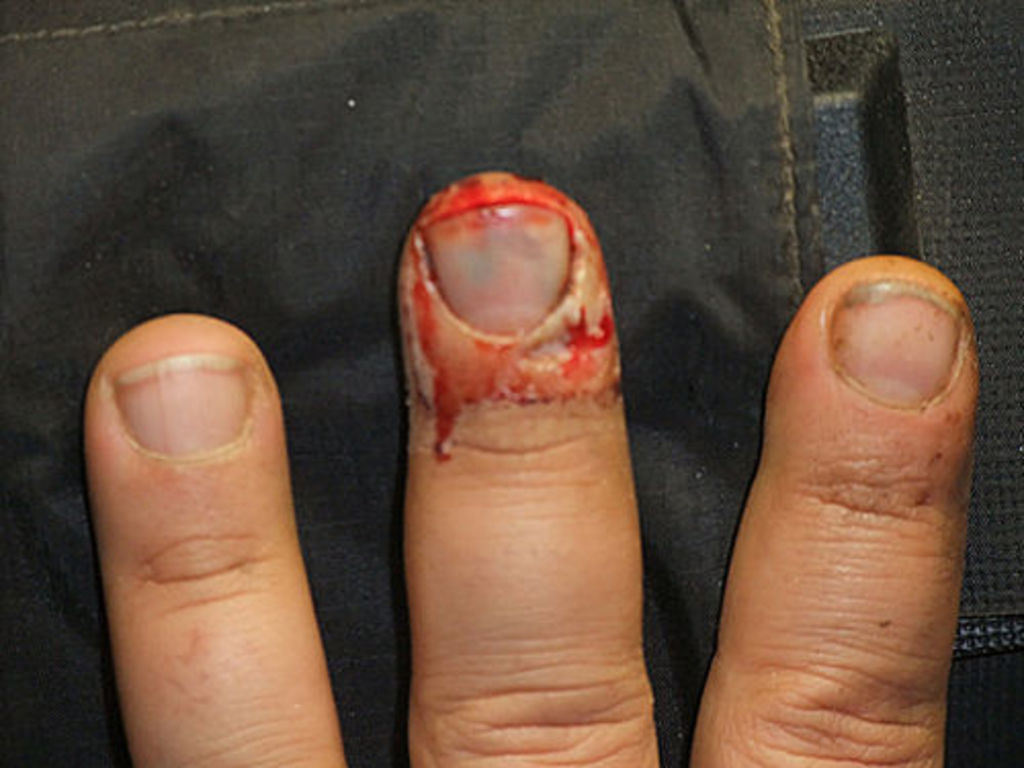Sunday, March 28, 2010: First working day
As the weather forecasts promised warm and sunny weather finally came over the Petra region and working became again very nice, either on Umm el-Biyara as in front of the Aslah triclinium.
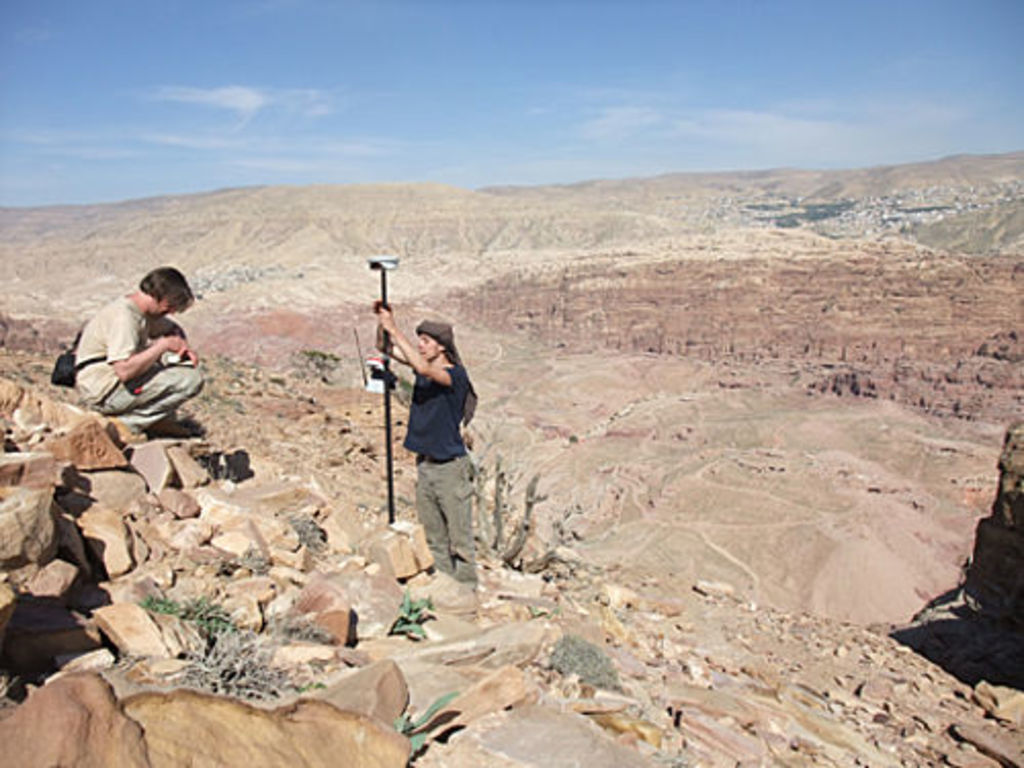
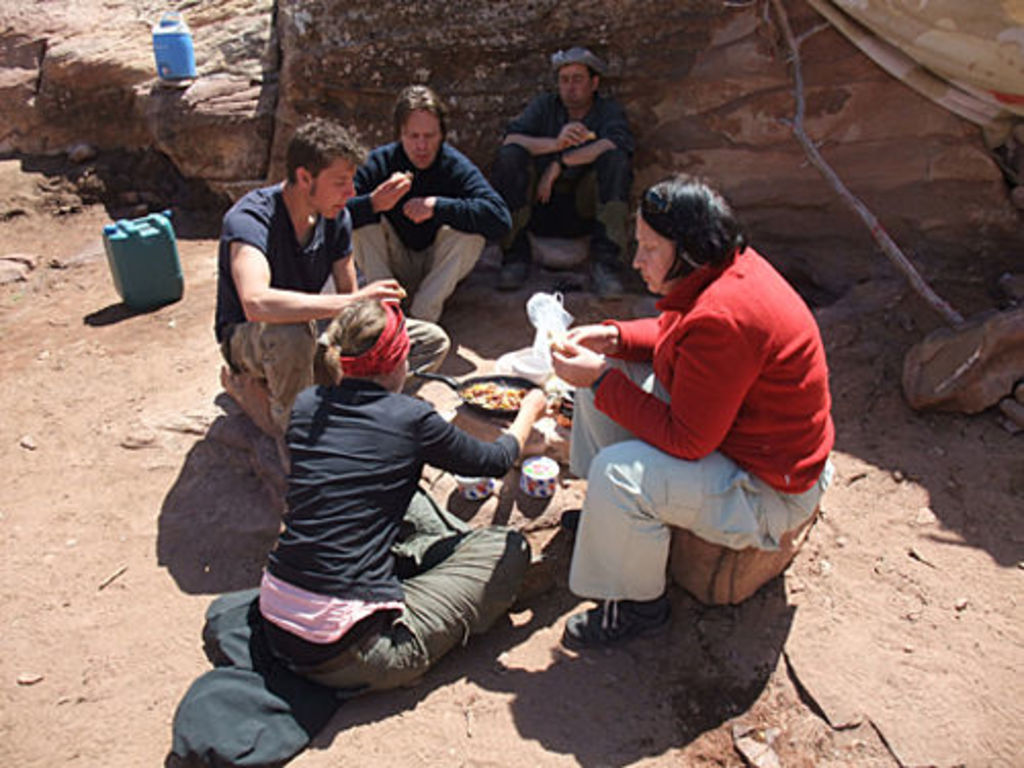
Monday, March 29, 2010: Second working day
This day the very interesting part with the bathing structures and the hypocaust heating system on an outmost slope of the Umm el-Biyara plateau was intensively surveyed.
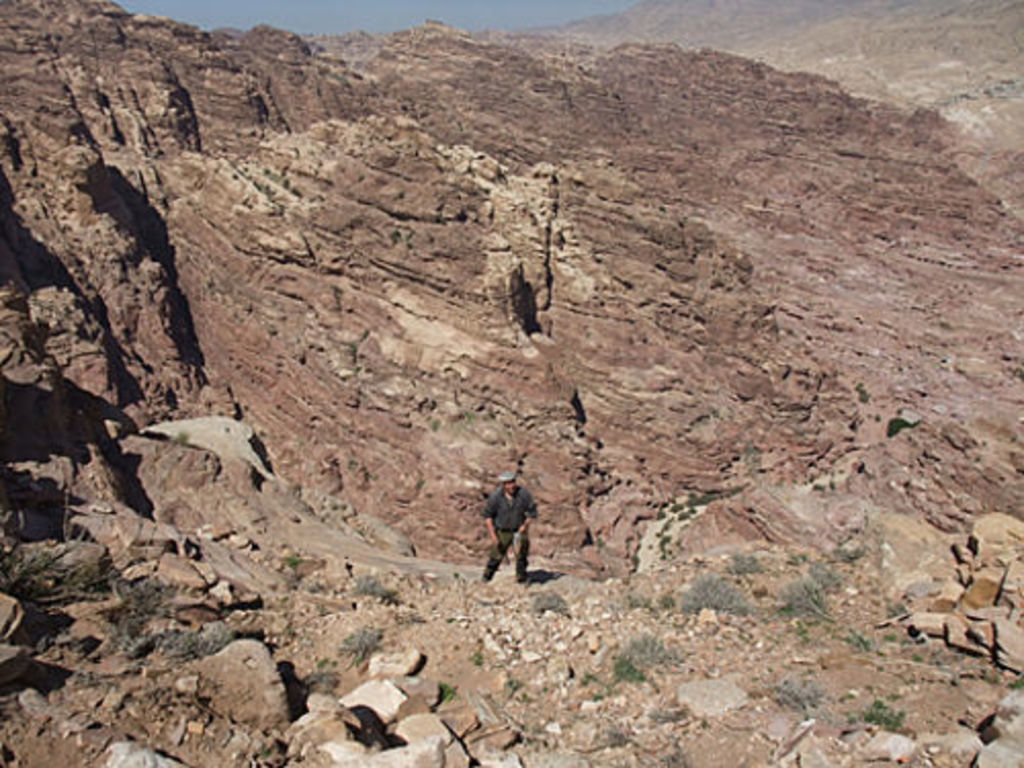
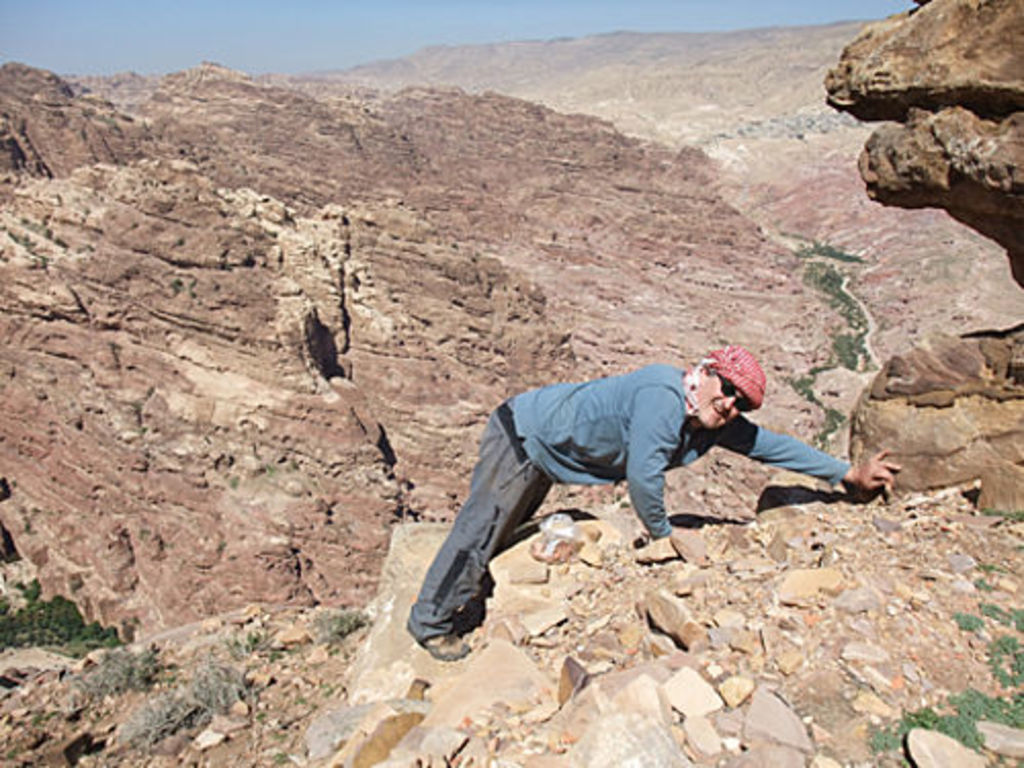
Tuesday, March 30, 2010: Third working day
The team on Umm el-Biyara was reduced, as Piotr Bienkowski and Guido Teltsch fell ill, so the turn to guard the equipment ovenight was again on Stephan Schmid and Andé Barmasse. After rain during every night before, the two guys were finally rewarded with a beautiful sunset and a clear nightly sky with a glaring full moon. But let the pictures speak for themselves ...
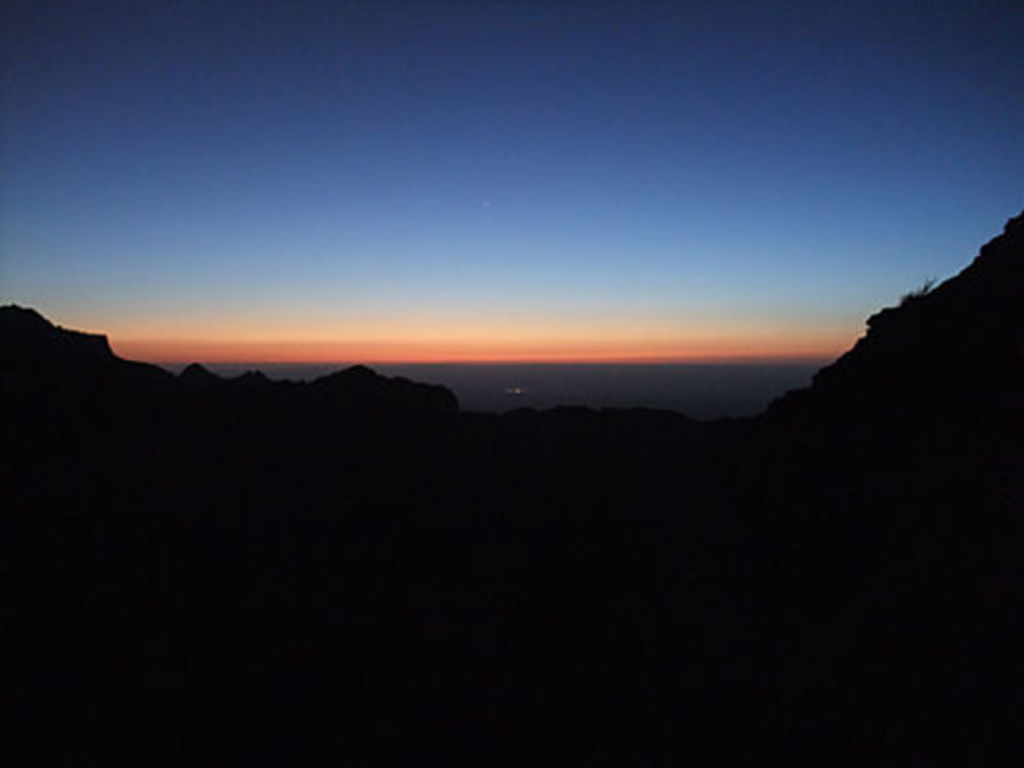
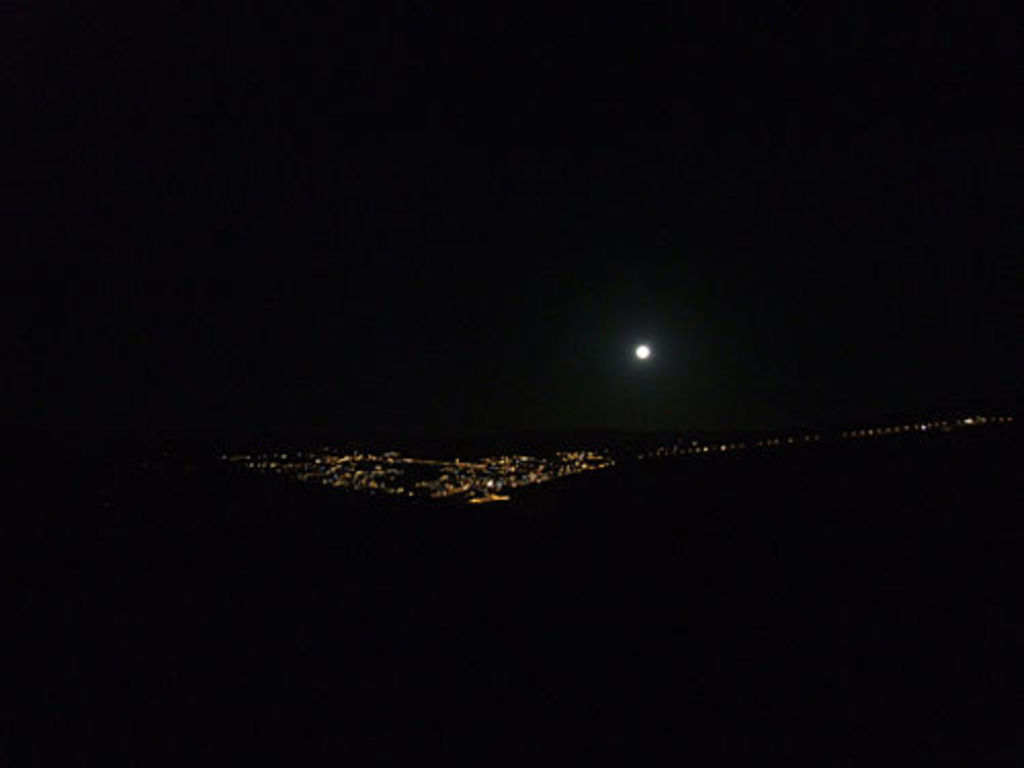
Wednesday, March 31, 2010: Fourth working day
The team on Umm el-Biyara was reduced even more. Maxie Maria Haufe fell ill and Guido Teltsch and Will Kennedy were working the whole day on the electonic map of the Umm plateau. At least, Piotr Bienkowski was up again and came up to help mapping the structures. After a hard day of work not only man but also machines need to be washed and dryed ...
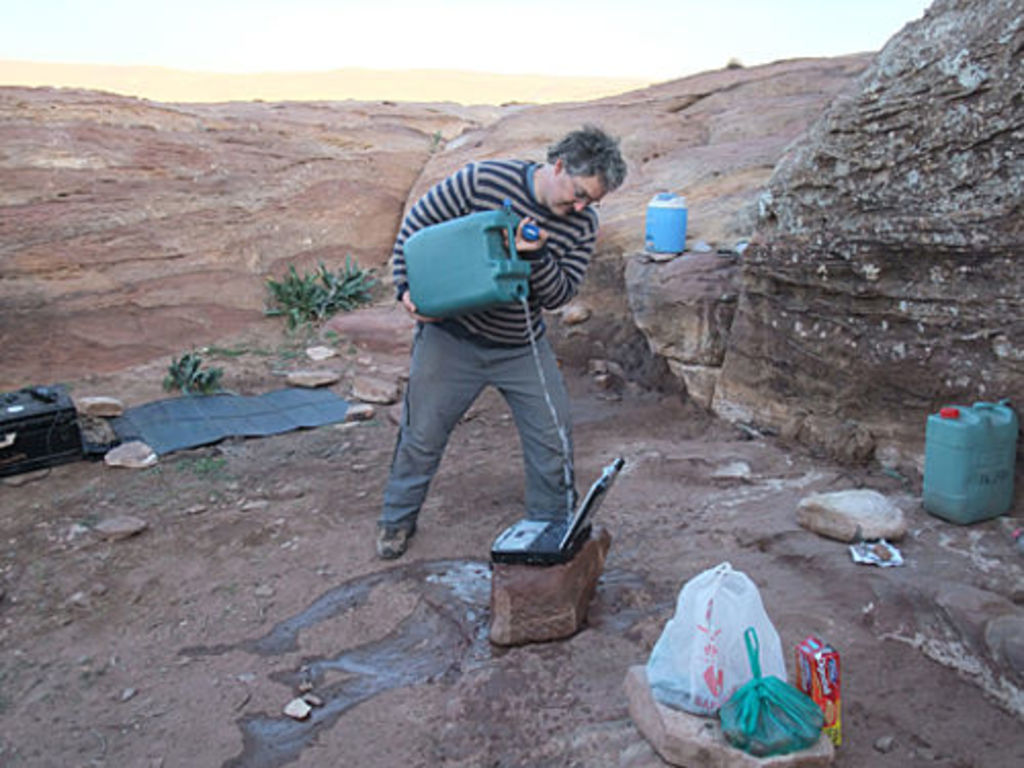
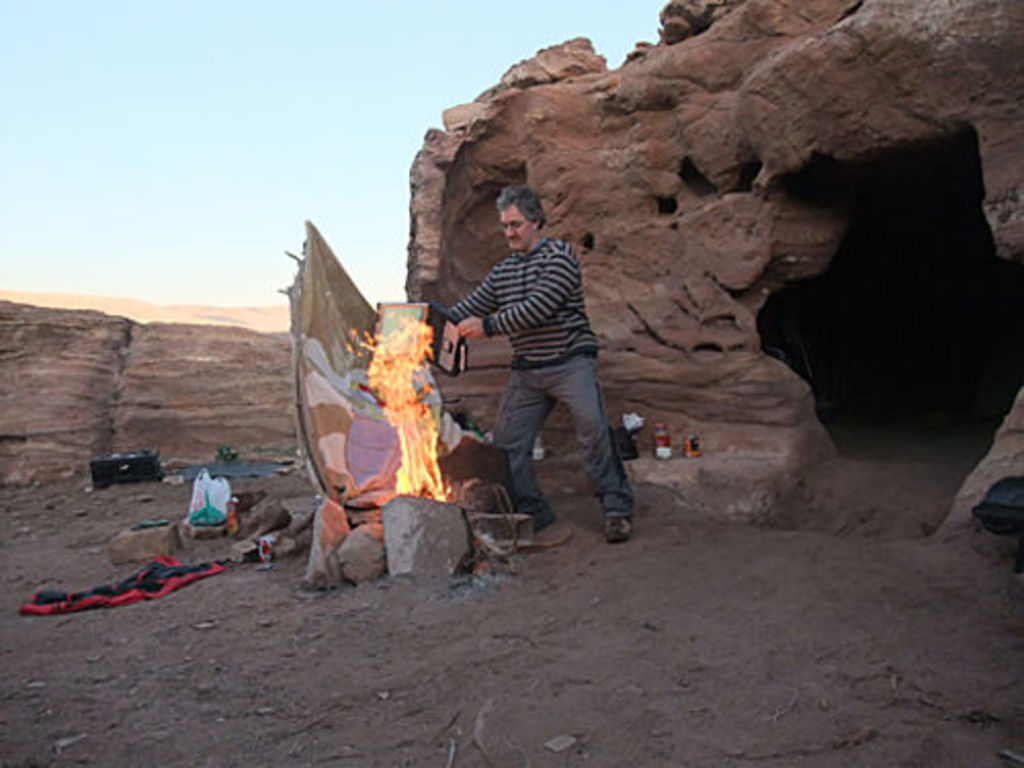
Meanwhile the work in front of the Aslah Triclinium continued as usal. The team was a little bit reduced, because Thomas Kabs cracked his back while shoveling sand some days ago and Karin Petrovszky stayed overnight on Umm el-Biyara. Therefore, only Wiltrud Wenning, Marco Dehner, Laurent Gorgerat and Robert Wenning took the 200 meters from the car to the excavation site under their feet.
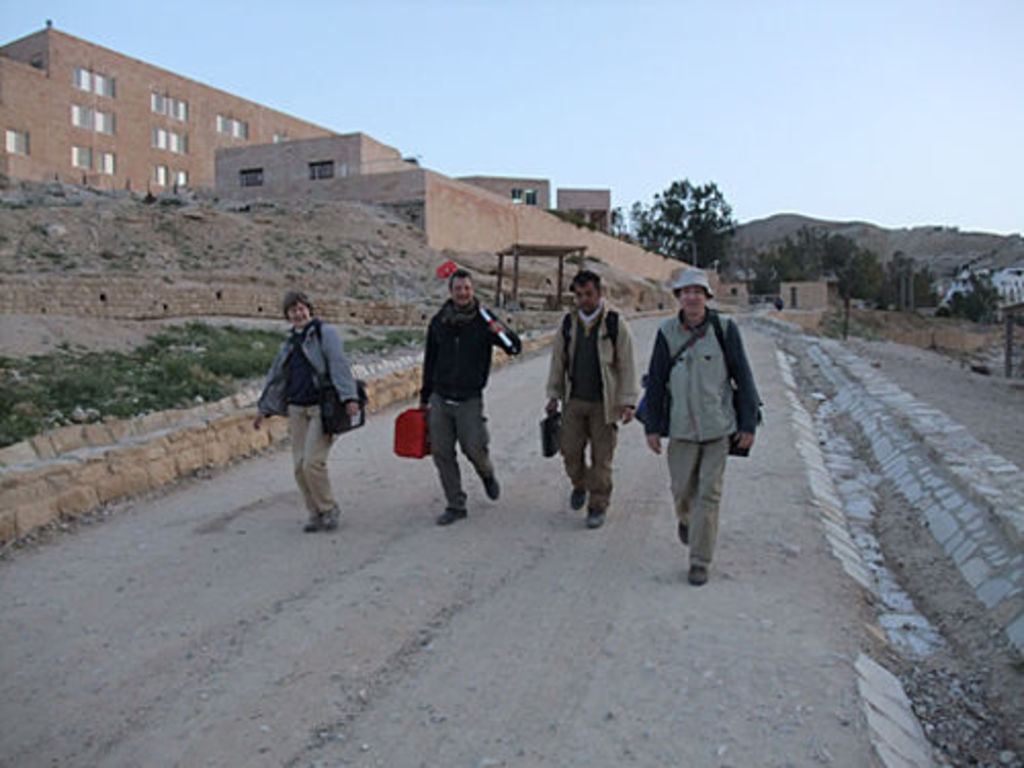
Thursday, April 1, 2010: Fifth working day
On Umm el-Biyara work continued by remapping all the structures together with the people who surveyed the grid and drew the structure sheets. The edges of walls and all visible stones within a wall were again registered with the Leica satellite system. Therefore, the first mapping can be compared with the second mapping an the drawings of the grid teams to get the most accurate layout of structres on Umm el-Biyara.
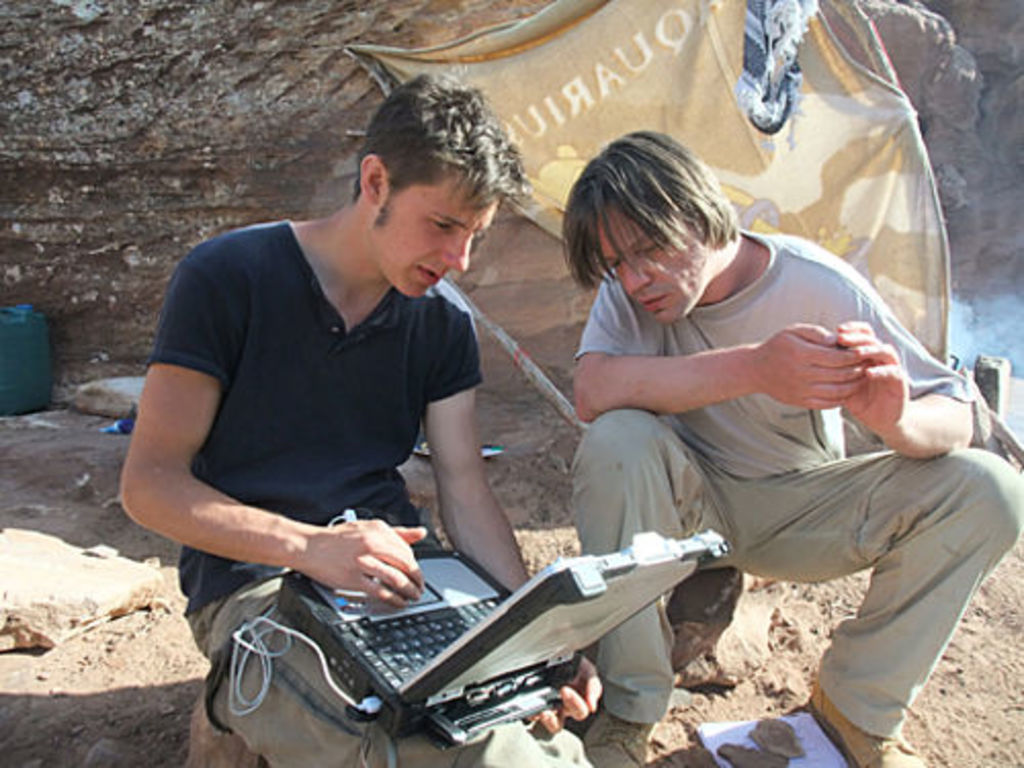
At lunch break an unexpected visitor joined us: Judith McKenzie from Oxford University and author of the book „The Architecture of Petra“. Afterwards, Piotr Bienkowski and Stephan Schmid showed her the newly discovered structures on Umm el-Biyara.
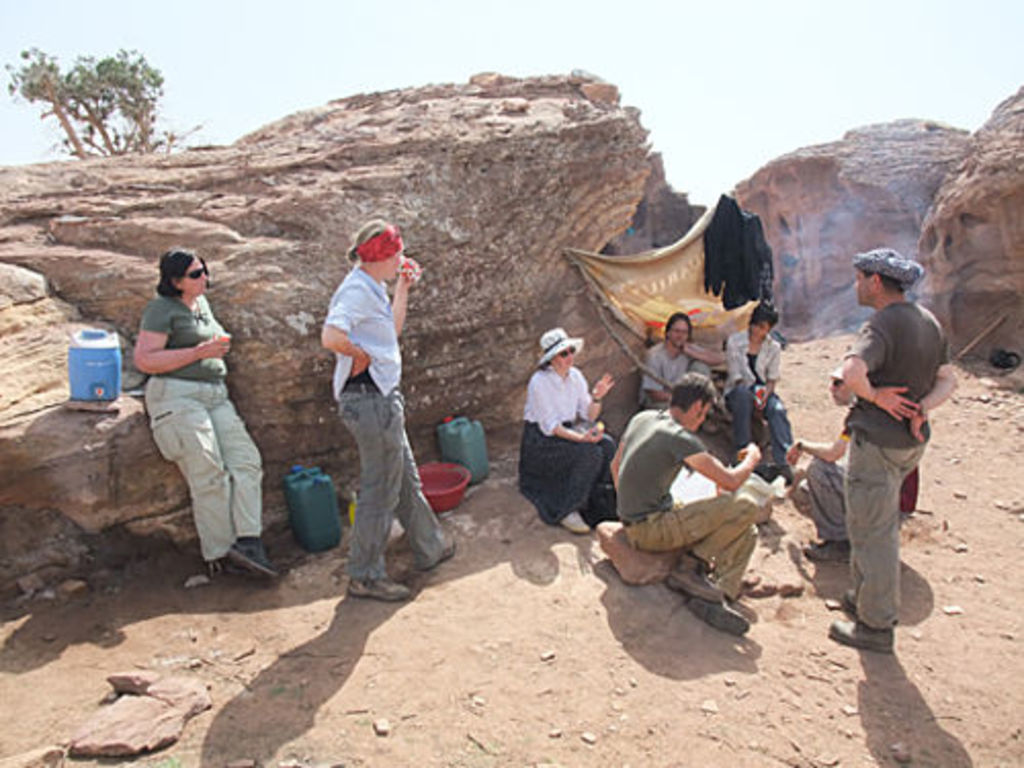
Friday, April 2, 2010: First day of the weekend
Already the last weekend, so everybody was eager to see things they have not seen yet and visit places they have not visited yet. The new members of the ecvavation team made a cruise to Wadi Rumm and Aqaba, while others took a walk within the Petra area. During weekends our camp manager, Ali Chalaf al-Bdool, always stays in the camp to check if water or the old diesel generator are still running. Latter had (as always) some problems starting up or running smoothly, but after the visit of some local machine engineer it now seems to work perfectly.
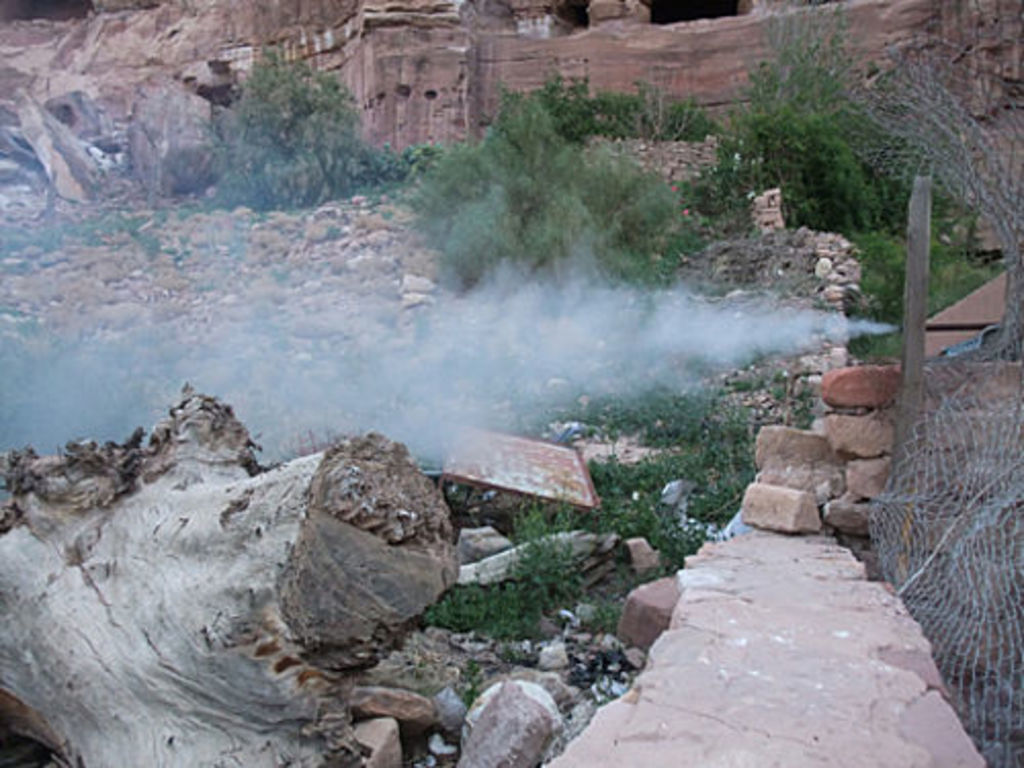
Energy and endurance tend to sink with every single day of excavation. This becomes more obvious, if adding an daily 45 minutes walk up to the plateau of Umm el-Biyara. Therefore, towards the end of the campaign only few cavemen remain to guard tent an equipment on top of Umm el-Biyara. They are rewared with a spectacular view, stary sky at night, and of course excellent selfmade pasta boiled in the tea pot.
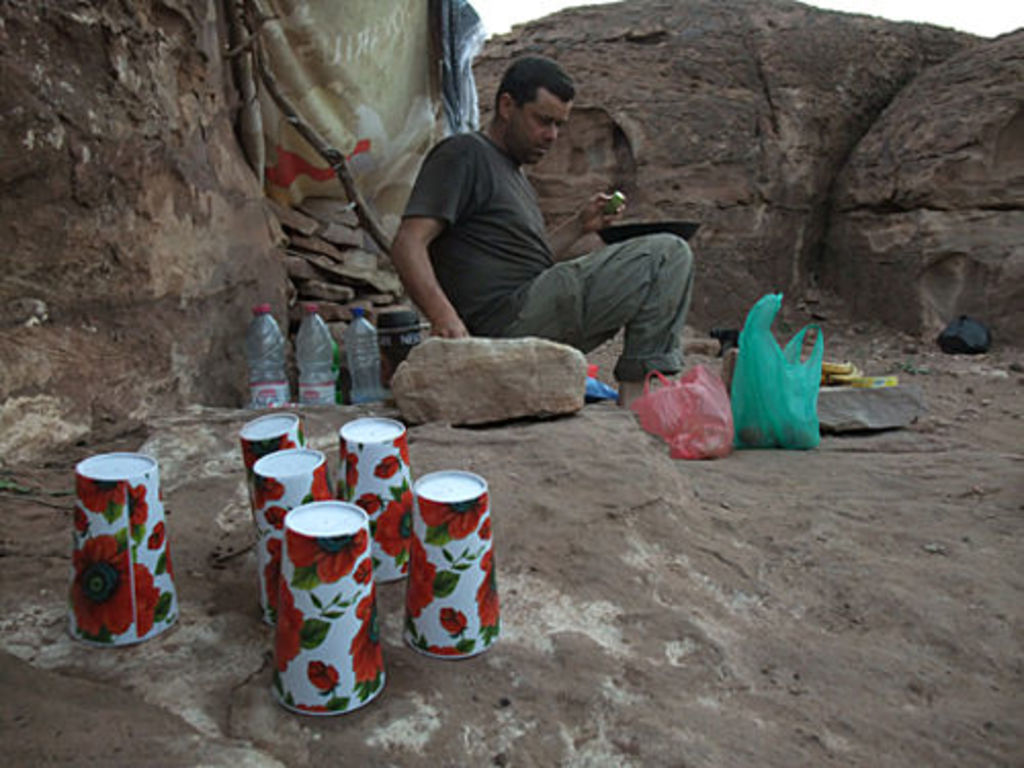
Saturday, April 3, 2010: Second day of the weekend
While others enjoy the weekend, the team of the Aslah Triclinium spent these two days measuring and remeasuring their trenches and structures in order to get clean data for the plans. This was not a trivial task, because most of the structures were not visible through wall structures but only through chiselling traces on the bedrock.
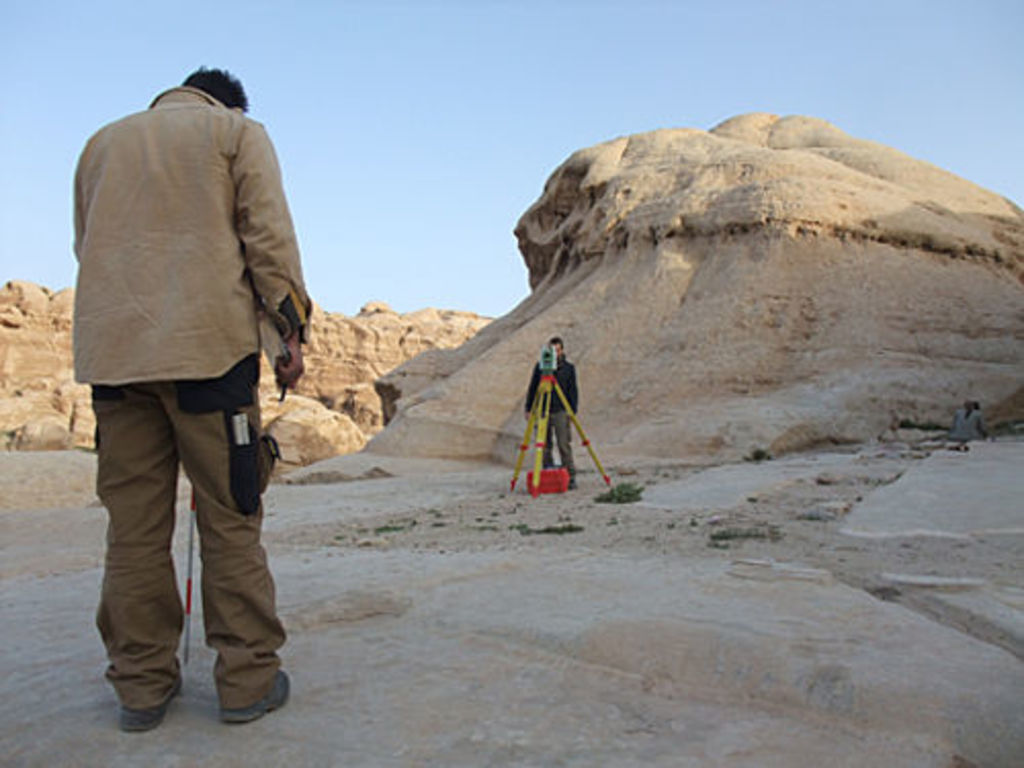
On Umm el-Biyara the weekend team (Stephan Schmid and André Barmasse) continued to survey certain prominent structures on the lower side of the plateau, cleaning a small bath tub and rescueing important fragmets of blocks and capitals. As most of these pieces were stuck on a steep slope and in danger to glide downwards, a rope was used to fix the blocks and to pull them up onto better ground. The rescue action was aborted, when a large block splattered André Barmasse’s middle finger.
